The boards are first in Welsh, then repeated in English. This is the entire history given there:
Sycharth was the home of Owain Glyndŵr. His generous treatment of poets and bards ensured the hall, moat, orchards and woodlands were immortalised in verse and song.
He shared his family home with his wife Margaret Hanmer and their eleven children. Sycharth must have seemed a haven of peace and prosperity, yet by 1405 it had become a burnt-out shell at the hands of Prince Harry (the future Henry V).
I admit that my jaw dropped. I re-read it several times, just to ensure that I wasn't missing something. It's the slimiest piece of selective insertion of propaganda that I've ever read about him!
And it's there! At Sycharth itself, in Welsh hands, owned by CADW!
I'd been warned in advance that there was scant information available on site. I hadn't been told that what was there amassed into an insult.
Nothing is false there. It's all true. This was the home of Owain Glyndŵr, and he famously was a patron of bards. We owe much of our knowledge about what Sycharth looked like in its heyday, because Iolo Goch regularly stayed there and wrote verses about what he could see.
But was that all that Owain did? Is that why he became legendary? Because he enjoyed listening to a good harp-strung epic after a hard day's being peaceful and prosperous?
Yes, he did marry Margaret Hanmer. Though her name has been rendered here in English. In Welsh she was Marred ferch Dafydd, yet not even the Welsh language version says that.
Sycharth was a haven of peace and prosperity up to a point. The family were surrounded by English nobility, which meant a degree of diplomacy. Their house was built out of wood, while the English ones were stone. That wasn't for want of cash. The Welsh were supposed to be subordinate, so the wooden structures didn't provoke the English lords.
Owain Glyndŵr would have lived with that rankling on a daily basis.
Then the final part just left me breathless. An English prince destroyed Sycharth. It's written in the most friendly of terms. We're given Henry's pet name of Harry. We're reminded that he was Henry V of Shakespearian play fame. We are not given the reason.
You have to know why you're at Sycharth, because nothing there will leave you any the wiser.


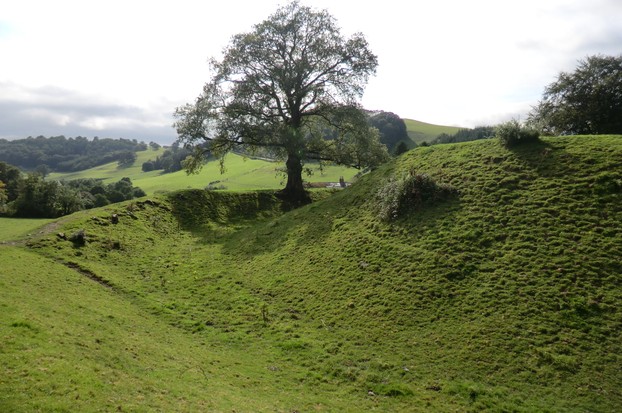
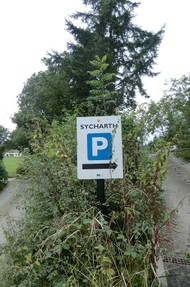 The track leading into Sycharth is narrow and utterly overgrown.
The track leading into Sycharth is narrow and utterly overgrown.


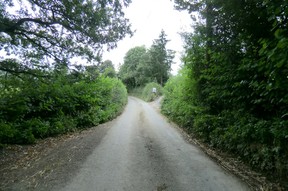 Halfway up the trackway, you will pass without ceremony into Wales. The road is too small for a huge sign welcoming you.
Halfway up the trackway, you will pass without ceremony into Wales. The road is too small for a huge sign welcoming you.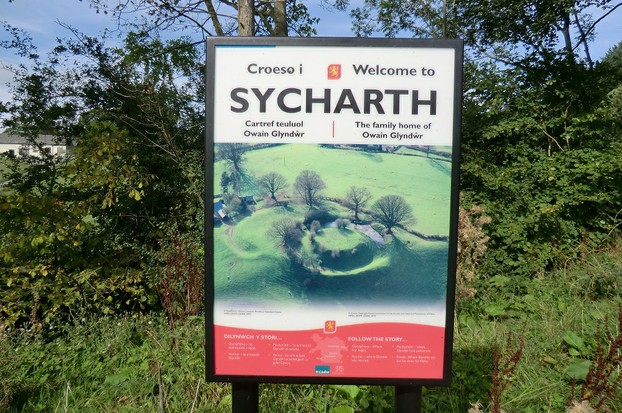
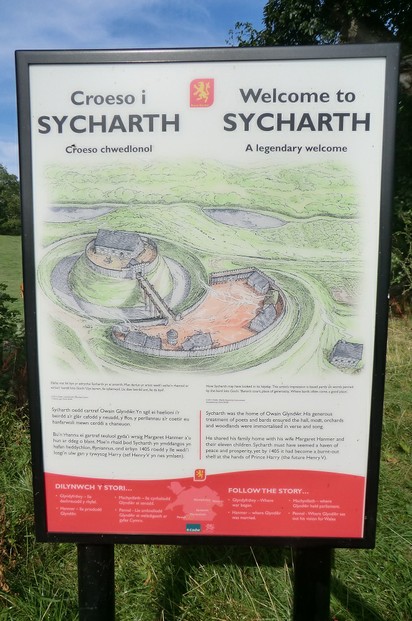



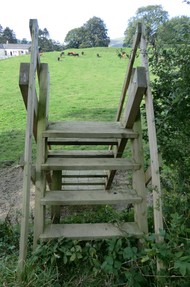 There is a car-park, which will take perhaps a dozen vehicles; plus the aforementioned 'information' boards.
There is a car-park, which will take perhaps a dozen vehicles; plus the aforementioned 'information' boards.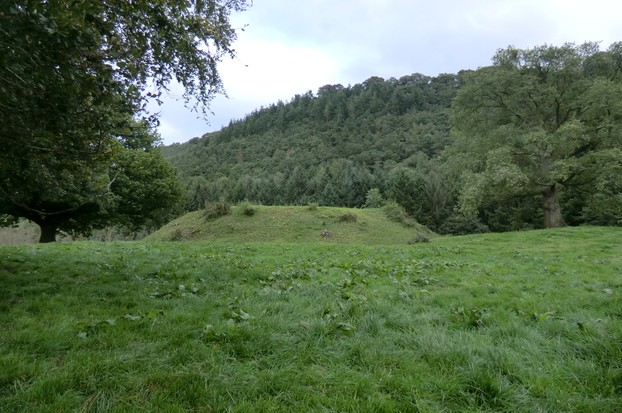
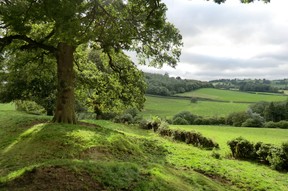 Even if this site had nothing to do with the man who liberated Wales, it would be worth visiting.
Even if this site had nothing to do with the man who liberated Wales, it would be worth visiting.




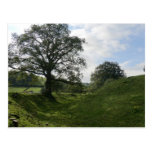


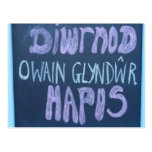
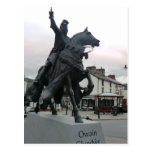
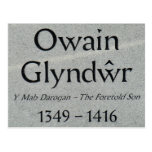
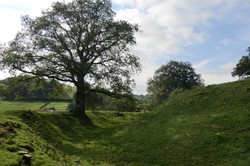

 St Tydecho's Churches in West Waleson 09/03/2014
St Tydecho's Churches in West Waleson 09/03/2014
 Goodies for an Outlander Premiere Partyon 03/06/2015
Goodies for an Outlander Premiere Partyon 03/06/2015
 Holocaust Memorial Day Interview with Rainer Höss, Grandson of Rudolf Architect of Auschwitzon 01/24/2015
Holocaust Memorial Day Interview with Rainer Höss, Grandson of Rudolf Architect of Auschwitzon 01/24/2015
 Romantic Valentine Gifts for an Outlander Fanon 01/16/2015
Romantic Valentine Gifts for an Outlander Fanon 01/16/2015
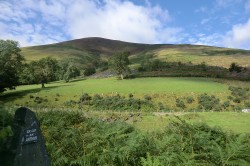

Comments
Even today, as far east as Wolverhampton, you can still see the underlying Welsh heritage. There's still a Welsh speaking chapel in Wolverhampton city centre and much of the placenames (like Penn) are Welsh.
No, it wouldn't have taken much at all, especially in Shrewsbury and to the West.
While Shrewsbury was in England, much of England west of the Severn spoke Welsh until the eighteenth century. The whole area was part of Powys absorbed into Mercia in Saxon times. It would not have taken much for it to reabsorb into Wales.
That sounds ominous. What did greed do to destroy the history of Wrexham? And surely you'd want the boards at Sycharth to tell the real story, not some Anglicized crap.
I'm glad it's been left alone in "utter neglect"as you called it.
I'm from Wrexham and we now only have the Church as a historical point, everything else has gone, due to greed.fly your Prince Of Wales banners on the 16th of Setember with pride. And bin the Feathers as they're not even Welsh.
I'm glad it's been left alone in "utter neglect"as you called it.
I'm from Wrexham and we now only have the Church as a historical point, everthing else has gone, due to greed.fly your Prince Of Wales banners on the 16th of Setember with pride. And bin the Feathers asthey're not even Welsh.
It was a very beautiful (and historic) place to visit. I'm so glad that I knew my history before I arrived.
I certainly recommend coming to Wales. It's a great country.
That place looks so peaceful and beautiful. I have never been to Wales and know I will indeed be there one day. My heart has been drawn there since I was a young child. I am so happy that you made the trip and thank you for sharing it with your readers. Sadly history is harshly censored there as well as in America.
I can so see that! I'm not going to be able to see it again without thinking it.
Oh wow..this reminds me so much of the Shire from LOTR. Absolutely stunning.
You come to me then. I might be utterly biased towards the Celts, but I will help you make sense of history. The trick is to realize that the winners write what's put into our history books, and they can be as selective as they like. Going back to the source is the only way to find out what really happened, and then there might still be opinions and biases coming into play.
Incidentally, the artist's representation of Sycharth is wrong. The bridge is in the wrong place. I spotted that by actually wandering over there and looking for myself.